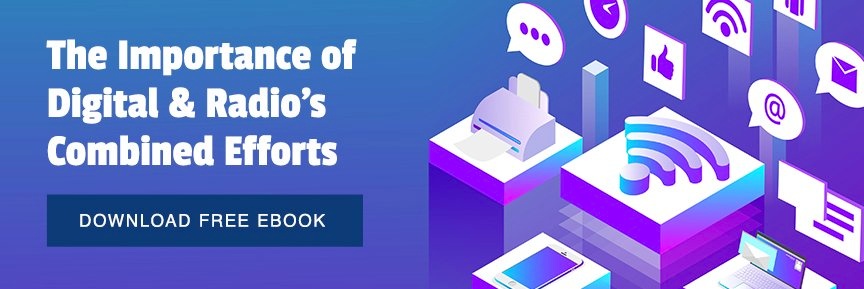Email marketing is still one of the most effective tools available today, but an email marketing campaign requires a quality email database to achieve optimal effectiveness. Your email marketing database can provide incredible insight into your customers, which you can use strategically to drive more sales and make your customers happy. Ineffective email marketing databases, by contract, can hinder your efforts to drive sales and grow your company. However, there is some basic upkeep you can do to prevent email database issues.
Why Email Upkeep Is Essential
Many companies that run an email database believe that the more subscribers they have on the list, the better their campaign goes. Unfortunately, that's not the reality. It's far better to have fewer, highly engaged followers than a greater number of unengaged followers. It can be costly to keep vast email databases, especially with enterprise-level lists containing thousands of emails. Cleaning out your database of followers who aren't actively engaged can reduce email database maintenance costs because you aren't paying to send emails that don't benefit you.
Email upkeep can also lower the number of people who unsubscribe and complain about email spam while simultaneously improving rates of deliverability and opens. Having a good ratio between those factors is crucial to your email health. Email upkeep is essential, though it can often seem overwhelming when you haven't done it before. The good news is that email upkeep doesn't take that much work, especially if you revisit it regularly!
Tips to Clean Up Your Email Database
Many tasks are associated with email database upkeep, but some are more worth your time in the beginning than others. Some important database cleanup tasks to start with include:
Identify Subscriber Engagement Levels
As mentioned above, having an extensive email list is not enough, especially if nobody opens the emails your company is sending. First things first, identify where your subscriber engagement levels currently lie. What percentage of your subscribers regularly open your marketing campaign emails? Are there some types of emails that get more engagement than others?
Identifying subscriber engagement levels can help shape your email marketing campaign. It can also allow you to mark which users engage more than others. Highly engaged users are by far the most valuable, and it can provide a high return on investment to send them promotions or unique campaigns.
Figure Out Why Some Emails Bounce
Another critical email metric is bounce rate. There are two types of bounces: hard bounces and soft bounces. Hard bounces occur when there is a permanent problem, like invalid email addresses. Soft bounces happen when more temporary issues arise, such as the email file being too large or the recipient's inbox being full. Sometimes, these problems are entirely out of your control, but you should address what you can fix as soon as possible.
Remove Those Who Marked You as Spam
Some email marketing management software can tell if someone flagged your marketing emails as junk or spam. When this happens, your emails won't reach users' inboxes at all, making them a waste of an email. It also decreases your email health because email hosts, like Google, identify which emails don’t get opened and automatically put them into other recipients’ spam folders. If you can tell which users have marked your emails as spam, it's best to delete them from the database to avoid wasting resources on people who are not interested in your offerings. Keeping this under control prevents people from failing to see your emails altogether.
If you notice many people marking your emails as spam, it may be time to look at your email structure and frequency. Do your emails look like potential spam, or do you send messages daily?
Remove Inactive Subscribers
Some subscribers will inevitably become inactive, whether immediately after subscribing or later. That doesn't necessarily mean your email marketing campaign failed to keep people interested. It could indicate success, such as if the customer purchased from you but doesn't need anything further. However, it helps your business in the long run to remove those that have remained inactive for quite some time. A low open rate is another metric search engines look to when flagging email as spam. If too few people view your emails for too long, you risk your emails automatically going into recipients’ spam folders. That prevents people from seeing your emails altogether, even if your company is a good fit for them.
Different industries may have different guidelines about how long a subscriber is inactive before removing them, which can also vary by season. A common rule of thumb is to delete those that have been inactive or haven't opened any marketing emails within the last 6-12 months.
Some businesses find it helpful to send emails to those that have been inactive for several months that ask if they are still interested in receiving your emails. You can remove any that don't respond after a few days, but those who want to stay can still receive your content.
The Bottom Line
Business owners are busy people, so cleaning up an email list may not seem like an important priority—but that's a common misconception. Not maintaining your database can cost your company time and money while decreasing your email marketing campaign's effectiveness. By taking a short block of time to perform email upkeep regularly, you can keep your email marketing campaign working smoothly and ensure you're reaching the right people!



